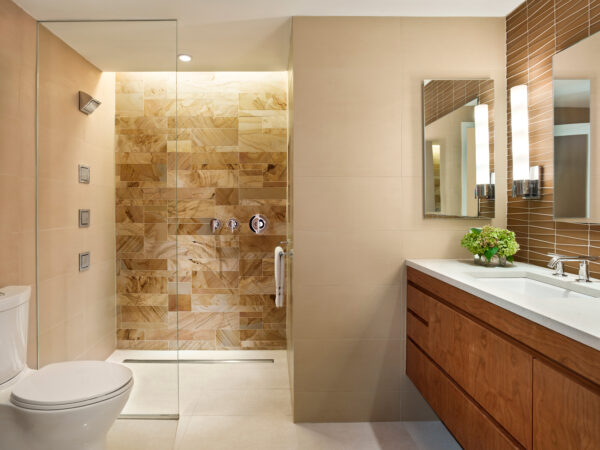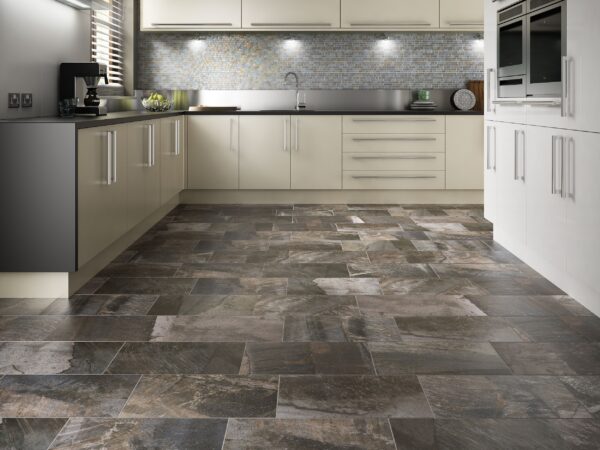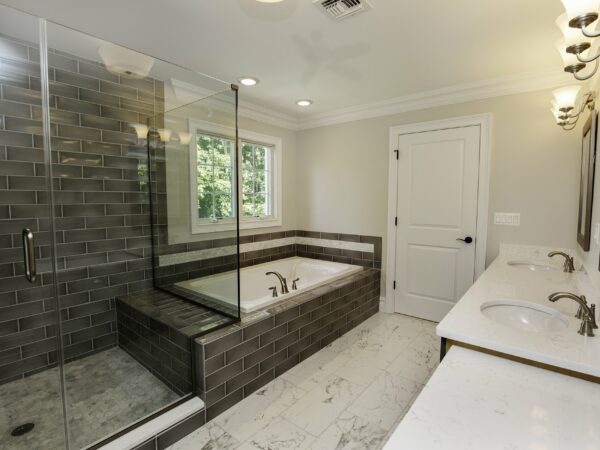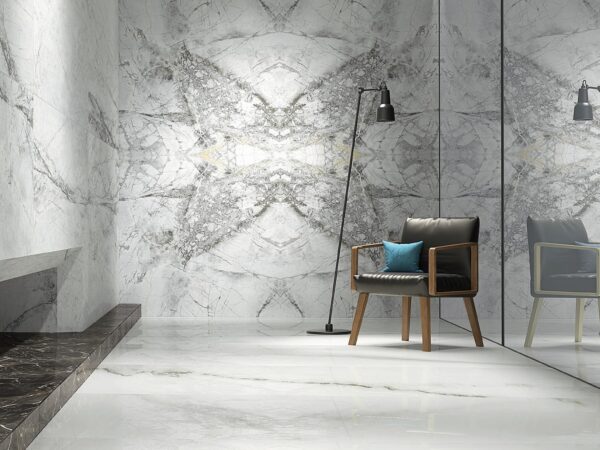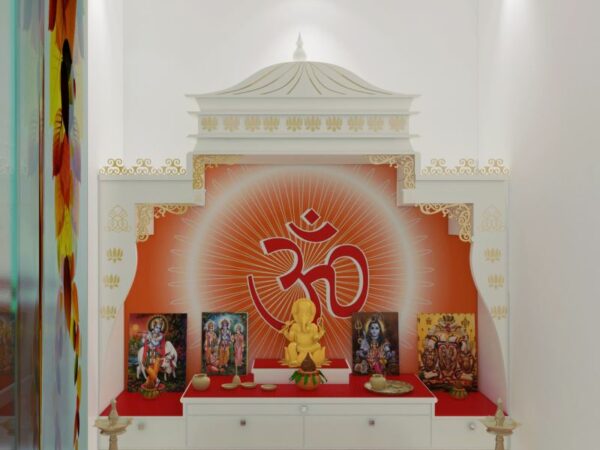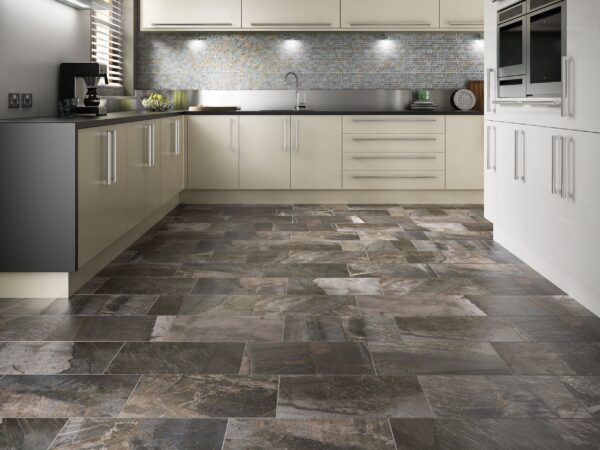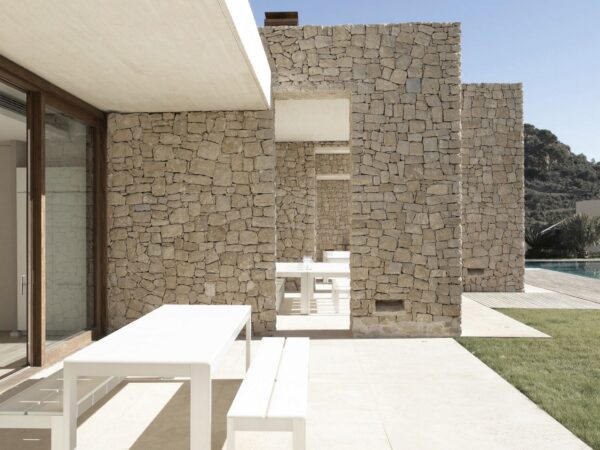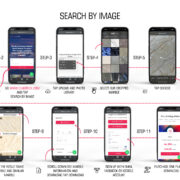Marble is a stone composed primarily of calcium carbonate (CaCO3) and limestone (CaCO3). Marble is quarried from various locations around the world. Most marble is white, although some varieties may have different colors. Marble comes in many different types, including travertine, soapstone, serpentine, and alabaster. Travertine is a type of marble that is formed when water seeps through volcanic deposits over time. Soapstone is a type of marble with a soft texture that was originally used as a soapstone. Serpentine is a type of marbled stone that occurs naturally in places where hot springs exist. Alabaster is a type of marble derived from limestone.
Marbles are commonly used in architecture, sculpture, and decorative arts. Marbles are often used in floors, countertops, tables, sinks, bathtubs, fountains, fireplaces, and other architectural features. In addition, they are used in jewelry making, pottery, and glassware.
The Taj Mahal is a mausoleum located in Agra, India. It was built between 1632 and 1648 by Mughal emperor Shah Jahan in memory of his third wife Mumtaz Mahal. The building consists of two symmetrical white marble arches, each about 100 meters long and 30 meters high. The total area covered by the structure is approximately. The construction took 22 years to complete and employed 20,000 workers. The monument is considered one of the finest examples of Islamic architecture.
The Taj Mahals were constructed using marble from the nearby town of Sawai Madhopur. The marble came from the region of Kota, Rajasthan, India. The marble was transported to Agra via pack animals. The marble was then cut into blocks and shaped into slabs. The slabs were then polished and carved into the shape of the Taj Mahal.
The Taj Mahotsava festival is held annually at the site of the Taj Mahal in honor of its completion.




